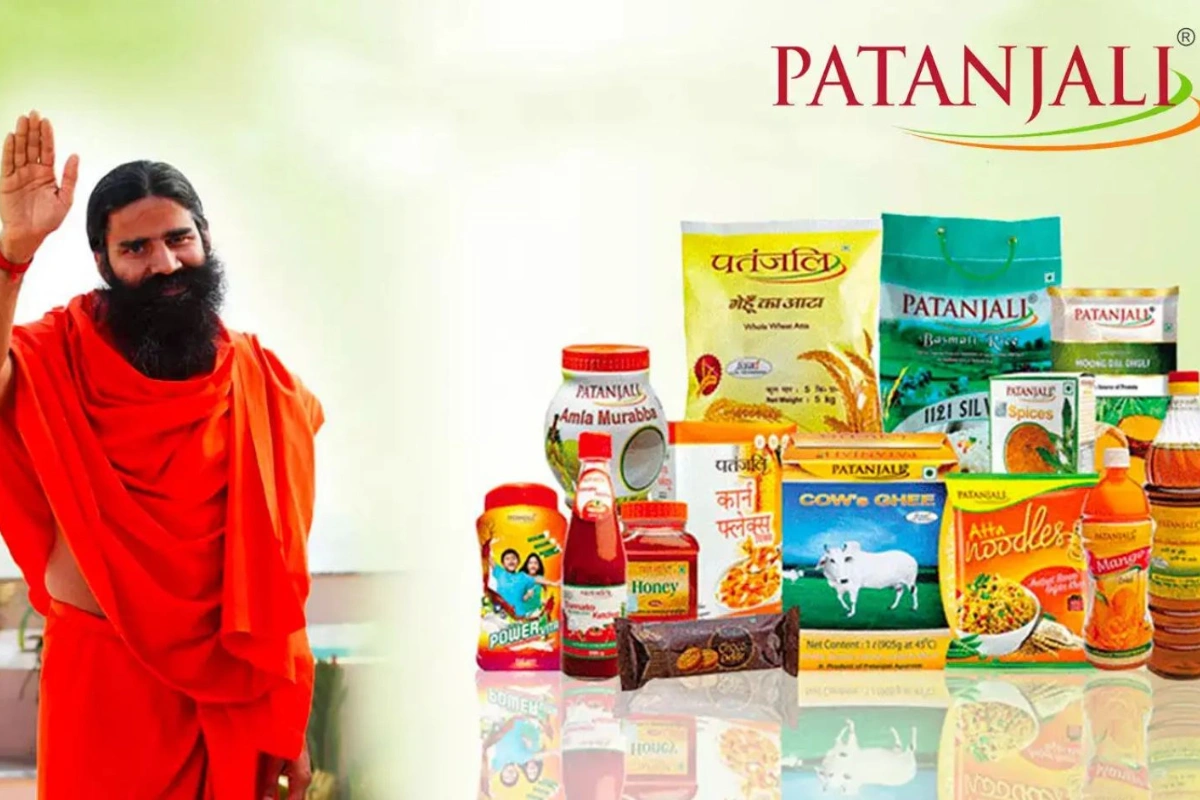Patanjali Foods announced a strong second quarter (July–Sept FY2025-2026), with 88.62% gross profit, revenue of ₹9,798 crore, and an increase in profitability. As noted, the gross profit reported was ₹489 crore, which was an increase both sequentially and year-on-year, and the net profit was at ₹516 crore, an increase of 186.43% QoQ and 67.23% YoY. The company indicated that the performance was helped by a better product mix, careful cost control, and a broader distribution footprint, and that demand leading into the festive season was also supportive of sales.
Management comments pointed to steady gains across the businesses. The foods division continued to gain traction within FMCG, home & personal care was up roughly 10% QoQ, and the edible oils category benefited from a more favorable commodity landscape, which aided margins. Overseas operations contributed ₹51.69 crore in export revenue during the quarter, and the wind turbine power segment added ₹13.33 crore to the topline, smaller pieces, but indicative of a broader earnings base.
The company framed the quarter as validation of rising demand for its packaged foods and oils, noting that better channel reach is translating into higher throughput. With festive buying underway and consumer spending stabilising, Patanjali Foods said it expects the core FMCG engine to remain the growth driver as the year progresses.
Why did margins look healthier?
Two levers stand out. First, mix. Higher share from packaged foods and value-added SKUs lifts unit economics without relying on discounting. Second, cost control. A more predictable freight and packaging environment, along with procurement discipline in edible oils, leaves more of each rupee on the table. Add the timing benefit of early festive stocking, and the operating picture becomes clearer.
Distribution remains the quiet advantage.
Patanjali Foods has a reach in Tier-2 and Tier-3 markets that newer brands struggle to build quickly. The company has also spent time fixing basics: cleaner inventory turns, sharper secondary sales tracking, and better visibility across large-format retail and e-commerce. When those pipes run smoothly, every new SKU lands faster and stays on the shelf longer, which is exactly how the food portfolio compounds.
